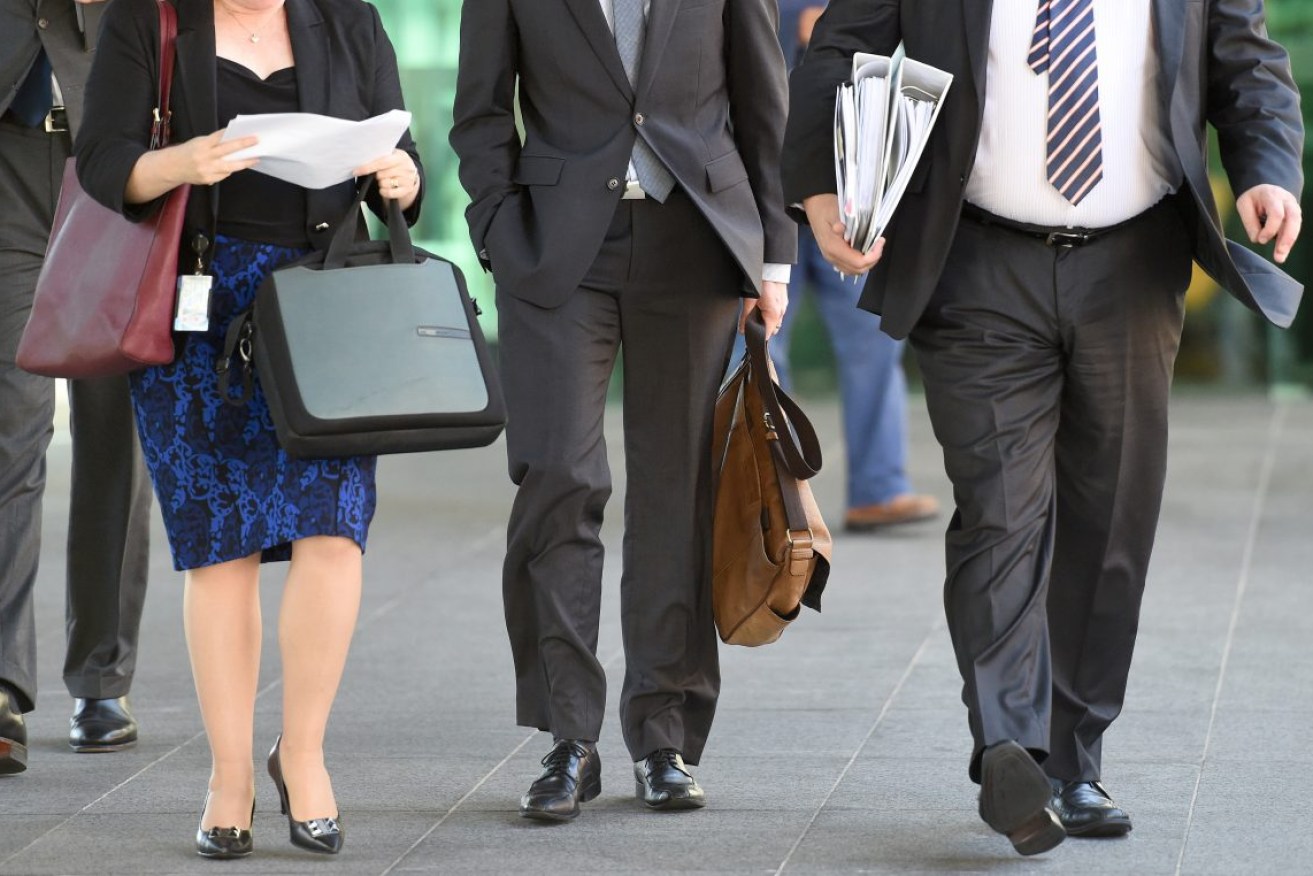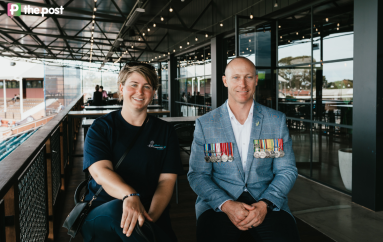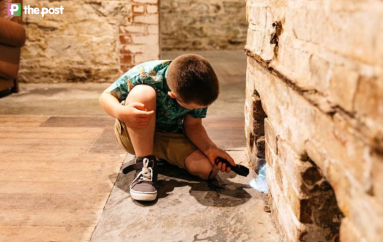Building an age-friendly workplace
Workplaces need to become friendlier places for older workers as Australians delay retirement, either by choice or requirement. Here’s how to do it.

Photo: AAP/Dave Hunt
So-called ‘mature age’ is a concept that changes according to social attitudes. Take for example some retirement villas that are still advertised for an audience of ‘over 55s’. Thirty years ago this might have been reasonable, but it seems almost laughable today. Now 50 is very much the new 40 and at 60 many people are still working hard (or want to) – as evidenced by the fact that the pension age will soon begin at 70. It’s clear our thinking needs to change.
It’s a harsh reality but many people simply can’t afford to retire until much later in life. Yet both mature men and women report problems with discrimination in the workplace, underemployment, and lack of new job opportunities. Mature age women have lower employment participation rates compared to mature age men and when combined with other economic factors like divorce, lack of superannuation, and longer lifespans it becomes easy to understand why we have increasing rates of poverty and homelessness facing this sector of the community.
In private industry, it often seems the average age of employees is still relatively young and those working well into their late 60s and 70s are a rarity. We need to find a way for workplaces to keep up with our changing world.
Statistically, this is going to be an issue for the majority of Australians very soon. While we all know age is no barrier and those over 60 are valuable assets to business, it’s clear many employers are behind the eight ball when it comes to job design and meaningful practices to engage and retain mature workers.
This doesn’t really come as a surprise: part-time and flexible work, even for parents who need to care for children, is still fought over in many offices. Changing the existing workplace bias is a battle.
I should know. I am a woman in my 50s and I’ve been a member of the Chiefs for Gender Equity group in SA for several years. I’ve campaigned for flexible work, workplace supports for those experiencing domestic violence, abolition of the gender pay gap and more attention around the issue of age and gender discrimination. I’ve learned that change takes time but it helps if we can convince employers to set a better example for others.
So, what does an ‘age friendly’ workplace look like? First, it’s one that is diverse and inclusive: that means it employs people from a wide range of ages and backgrounds. A workplace should be suitable for everyone at any stage of life.
This requires the motivation for an employer to honestly examine current recruitment and retention policies. Age discrimination, for both men and women, can be a form of unconscious bias.
To illustrate this point, a US experiment was conducted back in 1999 (Bendick, Brown et al) with job applications listing similar experience and skills sent to a long list of Fortune 500 companies. The results showed employers clearly preferred 32-year-olds over 57-year-olds. Fast forward nearly 20 years and nothing much has changed – these kinds of issues are still with us and will only be addressed with leadership that is committed to real diversity.
Providing choice is the key
We should make sure our policies and practices provide staff with the kind of autonomy that will allow them to manage their own work-life balance.
This is important for all employees, but it’s particularly relevant to people as they age. We want to be working and contributing well into our 60s and 70s, but health and wellbeing become issues that cannot be ignored. We might want more time to travel each year, to care for grandchildren, or to work shorter hours as we transition to retirement. Making sure there are options where workers can have control over hours, flexible work rosters, working from home arrangements, or purchased leave options are beneficial in these cases.
Flexibility is probably why working in health industries, like aged care, is often so popular, especially with women. At Eldercare we have more than 1600 employees, with the majority aged over 40, and 283 staff who are over 55 (including 47 people over 65, with many in their mid to late 70s). Our retention rates are high because we can offer the kind of control older workers crave and because we aim to look after all our employees and back that up with meaningful HR policies.
A new direction for workplace policies
As we get older it’s very important to understand the importance of suitable work health and safety procedures and ensuring appropriate equipment is available. You might not be able to lift or move heavier items or operate the same kind of equipment as you get older but there should be safe workarounds or alternatives. It’s important to have good communication, adequate policies and skill-building to address these issues.
Options about when and how you work are also available at Eldercare. As chief executive, I’m not afraid of ‘loud entries and exits’ and I can walk out the door early, or take time off as I need it, just the same as other staff members. Flexible work options are in place for everyone from the executive to our hospitality staff.
Importantly, I’ve also worked hard to establish a culture that has a zero tolerance to bullying and harassment – cutting the chance of ageist (or sexist) comments in the lunchroom. I need Eldercare people to live our values and to feel like they belong and are valuable members of the team – whether they’re 18 or 78.
Businesses can do more to help employees stay healthy at all ages too. This is a very important message as it has a direct link to productivity and this is particularly relevant as the workforce ages. Research from the Australian National University (2017) has shown people who are forced to retire involuntarily, due to job loss or their own ill health, report poorer outcomes in income and wellbeing in retirement.
Training and development are on the list too. As employers we have an obligation to assist all our employees to continue to be effective on the job no matter their age. That means making sure ongoing training is provided, as well as career coaching that might tap into knowledge and skills that could be used elsewhere in the organisation.
We have recently employed more than 200 new staff members as we move our cleaning, catering and laundry in-house. I’d like to think in the future Eldercare will be able to innovate our job design even further. It will be possible for the next generation of older workers to transition, if they wish, from regular weekly hours to sharing their wisdom built up over the years in the form of consulting, volunteering, training, or short-term project work. This is certainly a model to aim for.
Timing when and how we transition to retirement should be a choice, not something imposed by the employer. If we can encourage the workforce to embrace the collective attributes of the entire team, we will enable mature workers to stay in the workforce for longer. This will bring benefits not just for business, but for the entire economy.
Jane Pickering is a member of the SA Chiefs for Gender Equity group and the CE of Eldercare, one of South Australia’s leading aged care providers.




